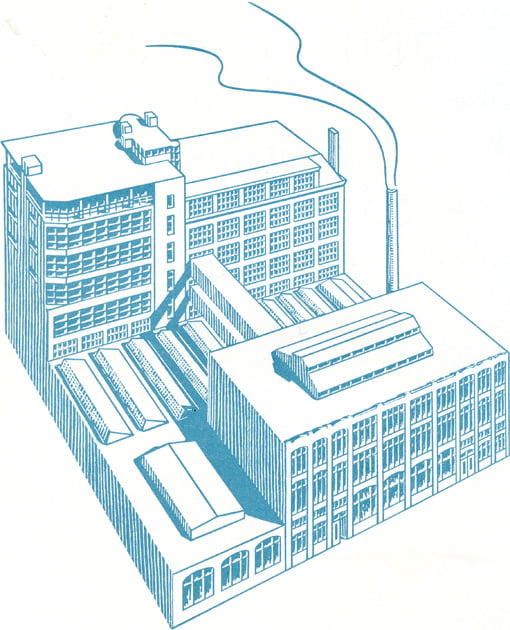
‘Digital, not industrial’
symposium in Amsterdam
[Posted: Sunday 28 January 2018]
On Saturday 10 February 2018 a symposium titled ‘Digital, not industrial’ will take place in a theatre located in the former type-foundry building of Tetterode in Amsterdam. The central theme is the type business’ change in the past roughly 50 years from a heavy industry in the times of foundry and hot-metal type into a profession for which light-weighted hardware in combination with relatively inexpensive software is sufficient. The question is whether the term ‘industry’ is appropriate for a profession that is mainly carried out in front of computers by individuals, of whom many are autodidact.
The heart of the symposium is formed by an on-stage discussion between young type designers (representing the new generation) on topics such as, for example, the creative part of type design, quality control, and the economic aspects of the profession today. The keynote speaker is Dr. Frank E. Blokland, who founded the Dutch Type Library, which was the first digital type foundry in the Netherlands back in 1990. One of the typefaces that was released in the 1990s is dtl Nobel, originally designed by Sjoerd de Roos for the Amsterdam Type foundry, which was a division of Tetterode.
In his keynote Blokland will place today’s type-design practice in an historical context. After all, one could state that the way digital type designers work is closely related to the practice of the archetypal punch cutters, who controlled the whole process from punch cutting to type casting on their own, and that the large-scale type production is typically something from the industrial era that started in the 19th century. However, the romantic idea of the historical punch cutter who put the emphasis on the eye and on manual labor is something that should be adjusted, as Blokland describes in his dissertation. Especially renowned punch cutters like, for example, Claude Garamont, Robert Granjon, and Hendrik van den Keere sophisticatedly standardized and systematized the font-production process to a large extent. This was necessary for the distribution of their type while retaining control over the justification of matrices and casting of letters by third parties elsewhere in Europe.
Comparably, present-day font production may look relatively simple at first sight because software seems to ease the type-design and font-generation process by hiding complex matter for the less technically-savvy type designers. However, to control all the technical aspects of the font-production on a professional level, more insight in the matter and also more sophisticated software is required. Also designing single fonts is something else than producing multiple type families and maintaining the related workflow, which comprises the (batch) generation of multiple font formats.
More information on the ‘Digital, not industrial’ symposium can be found here. A personal note by Blokland on formal type-design education can be found here.
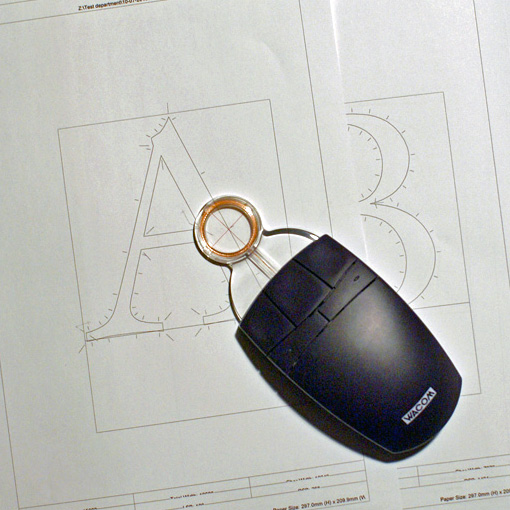
dtl: Old-School Quality
& Latest Font Technology
[Posted: Friday 24 November 2017]
Preparations for the production of dtl fonts started in the second half of the 1980s. It will not come as a surprise that the ikarus format, in combination with manual digitizing, played an important role in the early days of the Dutch Type library. Actually, the ikarus format plays an important role at dtl still. Although times are undoubtedly changing and new technologies make other type-design and font-production methods possible, we believe that there is no better way to fine-tune the tension of curves and to control the (relation between the) quality of contours and counters, than drawing with pencil, pen, and brush. Doing things manually also makes clear that a speedy process is not always the best way to preserve the highest quality.
Drawing by hand can be the more appropriate way to define letter shapes than sculpting in Bézier format on screen, especially when making exquisite revivals. Our experience is that it is pretty easy (and tempting) to copy letter parts in Bézier format, but less easy to draw delicate differences. In, for example, dtl VandenKeere and dtl Fleischmann there are no identical serifs at all.
Tiny details are easy to draw by hand and to manually digitize, but much more difficult to preserve in cubic Bézier splines. Hence, at dtl we normally draw revivals on paper, or at least we start their production this way. However, also for new type designs the use of a tablet plus lens cursor is sometimes the most appropriate method. For example, Elmo van Slingerland’s beautiful dtl Dorian is the result of manually digitizing working drawings of letter forms that initially were drawn by a very skilled calligrapher on paper.![]()
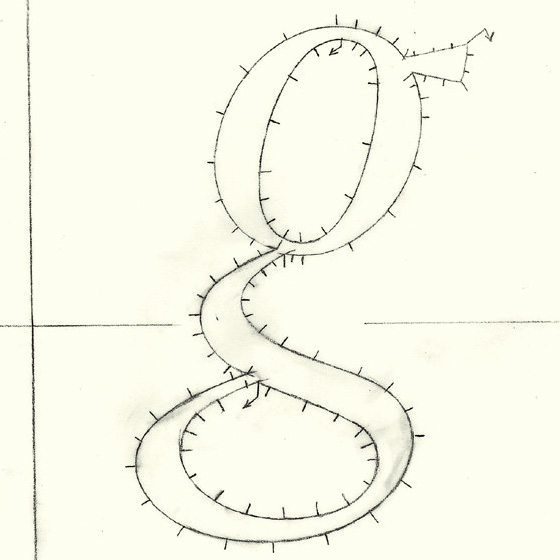
![]()
The Dutch Type library does not only work with the ikarus format, it also support it in the dtl FontMaster suite –as the only software company in the world. The ikarus format was invented by Dr. Peter Karow in the 1970s and developed during the following decades at urw in Hamburg, Germany. Since 1991 dtl and urw work together and this resulted in a range of new (batch) font tools for macOS and Windows. Among these is dtl IkarusMaster, which supports a range of Wacom tablets with lens cursors.
Of course, the dtl/urw font tools support the very latest font technology, such as the OpenType Font Variations format, also. However, working with the ikarus tools preserves the old-school quality for which the exclusive typefaces of the Dutch Type Library are so much renowned for almost three decades.
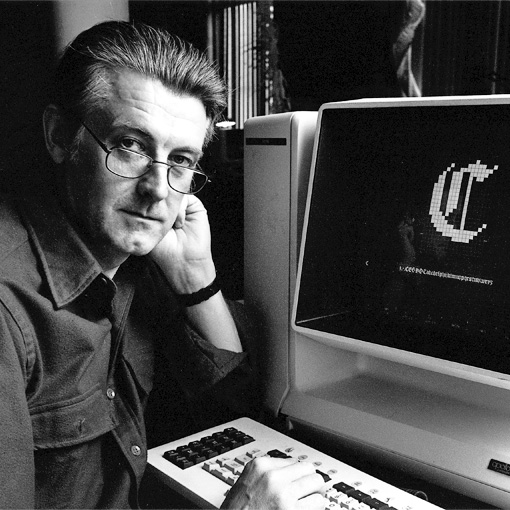
dtl Flamande: for connoisseurs
[Posted: Friday 8 September 2017]
The development of dtl Flamande started in 1992. That year the legendary American type designer Matthew Carter (photo above) and dtl’s founder Frank E. Blokland were both speakers at the Didot seminar, which was organized by urw in Hamburg. During the event Carter granted the Dutch Type Library the rights on his revival, which was named dtl Flamande then.
Roughly 25 years later the German type designer Lukas Schneider, who holds a master’s degree from the renowned kabk TypeMedia course and who successfully graduated at the Expert class Type design course in Antwerp, was invited to enhance the character set. The full story can be read in the September 2017 edition of dtl’s NewsLetterNews.![]()
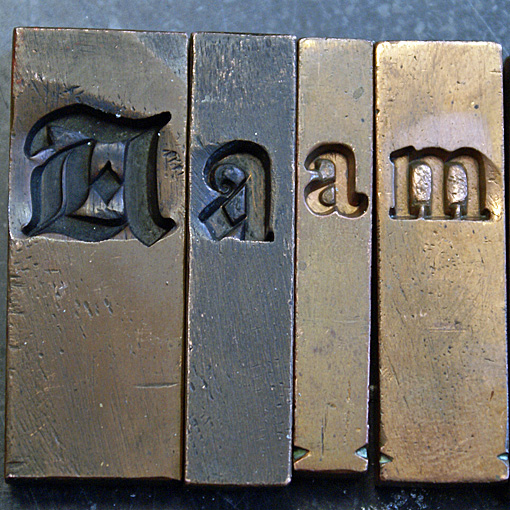
![]()
Van den Keere’s textura types and this revival are as delicate and exquisite as an excellent Premier Grand Cru Classé. dtl Flamande, which matured like a top wine, is definitely a typeface for real connoisseurs. It is part of the ‘dtl Canon’ trilogy, which also contains dtl GrosCanon, based on Hendrik van den Keere’s Gros Canon Romaine from 1573 and his Canon d’Espaigne from 1574. Both revivals were created by Lukas Schneider.
dtl GrosCanon will be released October 2017 and dtl SpanishCanon will become available in November of this year.
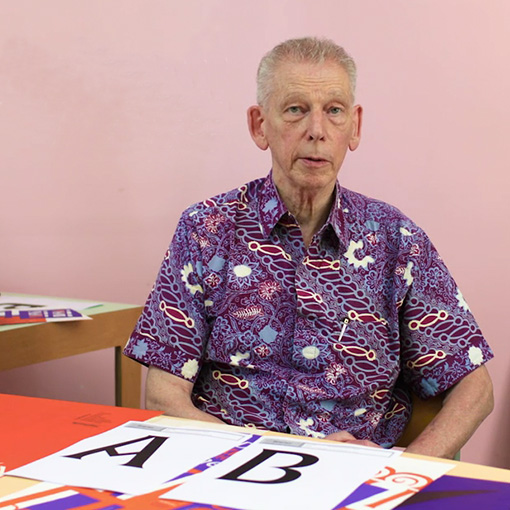
tdc Medal for Gerard Unger
[Posted: Tuesday 25 July 2017]
On the evening of Tuesday 18 July 2017 Dr. Gerard Unger received the prestigious Type Directors Club (tdc) Medal at The Cooper Union in New York. As one can read on the tdc website, the ‘Type Directors Club is the leading international organization supporting excellence in typography, both in print and on screen.’
In the fifty-year history of the tdc Medal, Unger is the thirtieth recipient. The first medal was awarded to Hermann Zapf in 1967 to honor his enormous and diverse contributions to typography. Unger joins a prestigious list of medalists that besides Zapf, includes Matthew Carter, Erik Spiekermann, and Gerrit Noordzij.
As publisher of dtl Argo and dtl Paradox, the Dutch Type Library is very pleased and proud that Unger received the tdc Medal. dtl Argo was published exactly 25 years ago and was immediately a success. For roughly a decade it was for example the corporate identity typeface of the New York Stock Exchange and for more than two decades it is in use now by Emerson Electronics. It is also the typeface used for the signage at Keflavik International Airport in Reykjavik, Iceland. In the Netherlands dtl Argo is for example the corporate typeface of the Royal Bam Group. dtl Paradox was added to the Dutch Type Library’s collection in 2000 and is mostly used for exclusive and delicate book designs.
Especially for the tdc award ceremony a very nice video was created by Ryan Pescatore Frisk for Strange Attractors Design in Rotterdam. The image above is taken (with permission, of course) from this video. We congratulate Gerard Unger with his well-deserved medal!
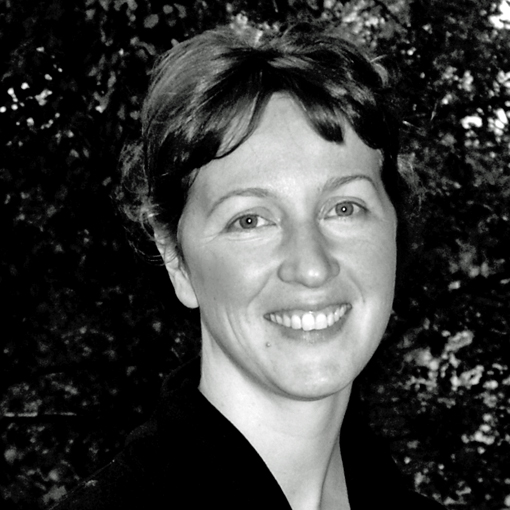
dtl Valiance released!
[Posted: Thursday 22 June 2017]
The Dutch Type Library is extremely proud to present dtl Valiance, an all-round, all-purpose serifed typeface by the highly talented, award-winning Finish type designer Hanna Hakala.
The production of dtl Valiance started in 2007 when Hanna graduated from the famous TypeMedia master’s course at the Royal Academy of Art (kabk) in The Hague. After ten years of polishing, improving, testing, revising, and enhancing, dtl Valiance is –at last– available in all current font formats now.![]()
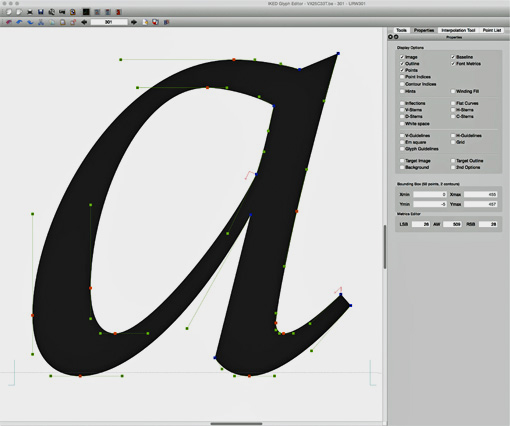
![]()
dtl Valiance is suitable for every possible typographic application: from magazine to web design and from book typography to corporate identities. This unique typeface can be used in each and every practice, i.e., from design to office environments. Its classic, timeless, sturdy yet elegant design makes dtl Valiance highly suited for use on high-resolution equipment, such as image setters, but also on relatively low-resolution devices, such as computer screens and laser printers.
The character sets covered by dtl Valiance include all Western-, Central, and Eastern-European languages, besides Cyrillic (including Bulgarian and Serbian variants).
Design and branding agencies interested in dtl Valiance may contact the Dutch Type Library for a free copy of Notes on the Design of dtl Valiance Cyrillic, which includes a concise type specimen, via e-mail. This e-mail address can also be used for further inquiries on dtl Valiance, of course.
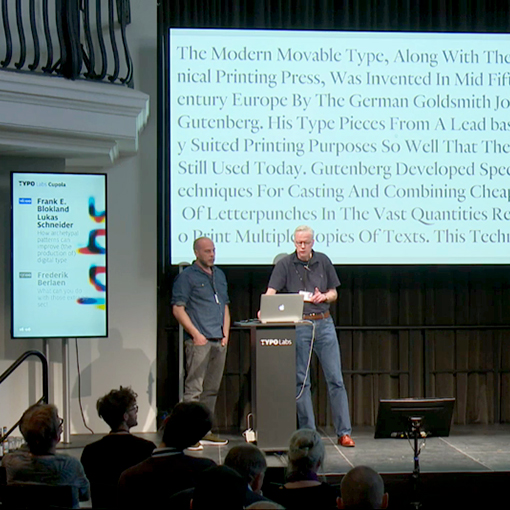
dtl at typo Labs 2017
[Updated: Saturday 22 April 2017]
Together with our longtime (since 1991!) German partner urw++, the Dutch Type Library organized a special hands-on session focused on the production and modification of OpenType Font Variations, also known as ‘variable fonts’, at the TYPO Labs 2017 conference on the morning of Friday 7 April.
Dr. Jürgen Willrodt demonstrated how to prepare and modify already existing fonts for the production of variable fonts. He showed how to make all glyphs isomorphic for interpolation and how to create variable fonts using FoundryMaster (the successor of dtl FontMaster), and finally proofing and modifying OpenType Font Variations with OTMaster.
In the main conference program Dr. Frank E. Blokland addressed the question of how patterns distilled from Renaissance archetypal models can be used for the analysis and parameterization of digital type-design processes. Outcomes of Blokland’s PhD research at Leiden University have been translated into software for auto spacing, which is based on the intrinsic underlying patterning in roman and italic type.
Type designer Lukas Schneider demonstrated the ls Cadencer and the related ls Cadenculator, which are (batch) auto-spacing tools written by him in Python. This software can be used to replace optical spacing completely or it can be applied supplementally to spacing by eye.
The talk was recorded on video.
In anticipation of the undoubtedly exciting upcoming developments in the context of variable fonts, the Dutch Type Library has recently registered the‘fontvariations.com’ domain. We will keep you posted!